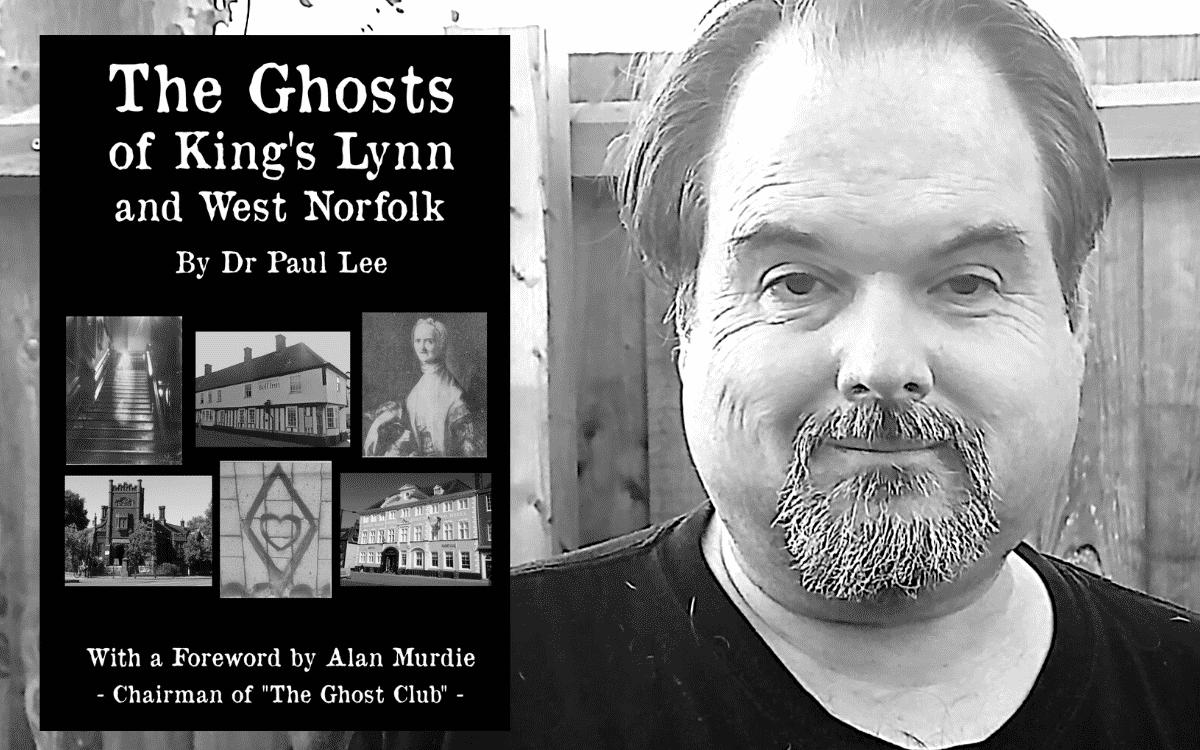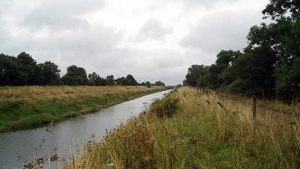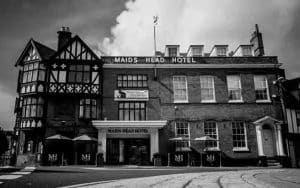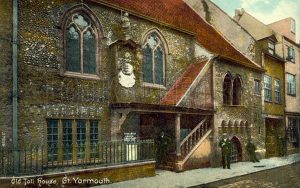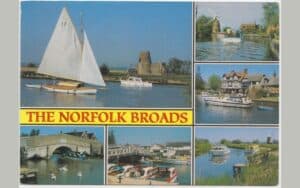Paranormal researcher Dr Paul Lee discusses his new book The Ghosts of King Lynn and West Norfolk with DAVID SAUNDERSON
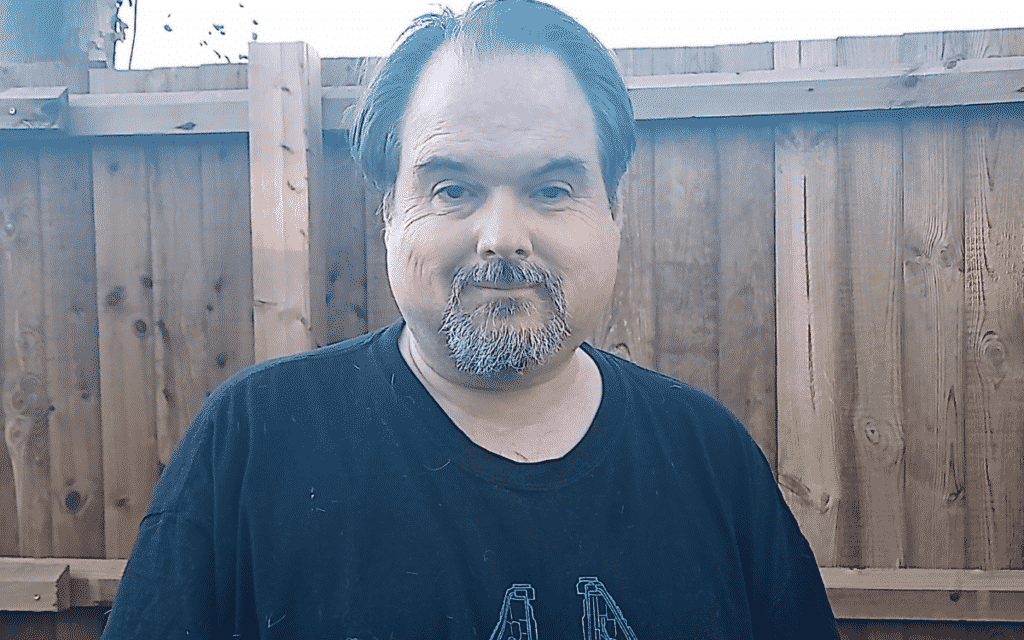
SPOOKY ISLES: King’s Lynn is a pretty impressive historic town, with links to the Hanseatic League and English history in general. Can you tell us why you specifically decided to write a book about the hauntings in this Norfolk town?
DR PAUL LEE: I live quite close to the town and was surprised that so few stories had been featured in ghost literature; considering that the town has a rich history, the lack of ghosts was surprising. There were stories of The Witch’s Heart (technically not a ghost story as such), the library, the fiddler under the Red Mount, the Duke’s Head and the Tudor Rose Hotel and Restaurant. That’s only four locations in a town that is not far from celebrating its millennium!
I found out about a locally produced booklet that detailed many dozen more stories that I was unfamiliar with, but the booklet was old (1986). A discussion on some of the King’s Lynn Facebook and internet groups and forums revealed that there even more that had not appeared in print form. I diligently started collecting them as I thought, what would happen if Facebook were to vanish overnight?
These stories would be lost forever. (This has turned out to be a prescient argument considering what happened recently!) So I collected as much as I could, quite fortuitously so as one of the very long threads was deleted later for unknown reasons. My notes therefore became the only record of some of these stories.
I started to contact the people who had posted their stories for more information. Virtually everyone who replied to me was keen to elaborate upon their tales. Sadly, not everyone replied so it must be assumed that their accounts on Facebook and the Kings Lynn online forums etc. had become dormant and my appeals unread.
But I still kept collecting the tales and some expanded greatly on the 1986 booklet; one story was found to be a mis-identification; a story from 1592 wasn’t quite as clear cut as had been made out; and another story resulted in the public being fobbed with an unlikely explanation (a shaking bed, fiery eyes, strange sounds etc were later blamed on a starling trapped in a chimney which, amazingly, seemed to have placated the public). In another location, that of an old lady who haunted her old home (now a care home), I managed to obtain a huge amount of new material from witnesses which showed that, far from the ghost having been banished 40 years ago, she was still active.
You’ve got the great Alan Murdie from the Ghost Club doing an introduction to the book, can you tell us a bit about your own paranormal background?
I was born on Halloween in 1971 and many people think that the birth date must have had some influence on my interest, but I have no idea where the actual nurturing of my fascination came from. My parents didn’t believe in ghosts but they didn’t stop me from developing an interest and I very often got ghost, UFO etc books for my birthday and Christmas.
One book that did have a huge effect on me was a compendium of the Usborne books on ghosts, UFOs and monsters which have recently been reissued. For some reason my parents wouldn’t (or couldn’t?) get me my own copy, so I was constantly borrowing a friend’s. My parents did buy me the smaller companion “Supernatural Guide” follow-up books which I still have to this day. I remember being at a very early age and scaring myself silly reading them.
It wasn’t until I started at York University that I started to encounter people with a similar interest. A friend was a member of ASSAP and he managed to get me on a vigil to Dudley Castle. Afterwards, a group of us formed a science-based ghost group which sadly went nowhere and I also joined an undergraduate paranormal group, which was more geared towards the social side of ghost research. After that I joined ASSAP, the Ghost Club and the SPR, but eventually let my membership lapse as I was becoming a bit disillusioned with the whole field for a number of reasons.
I had been on a number of overnight ghost vigils and sadly my participation on these started to wane. My interest became dormant and despite it being reinvigorated about 10 years back, it never reached the same level of interest as in the 1996-2001 period.
Alan Murdie has been a great friend of mine since I joined the Ghost Club in 1997 and has helped on a variety of other matters, such as legal questions. His has been a friendship that I treasure and his knowledge revered.
What research did you do for this book?
Apart from compiling stories from Facebook and performing virtual interviews via email etc, a huge help was a rather large “folklore” folder in the King’s Lynn library which had many stories and newspaper clippings going back many decades. I took photos of nearly all the contents which was fortunate as a few weeks later the library closed to Covid and wouldn’t be back to any semblance of “normal running” until August this year.
While going through the newspaper clippings, I saw references to articles that the library archivist had missed and I started compiling notes of things to get. I had to sit on this list for over a year and a half! I was using the British Newspaper Archive but their collection of East Anglian papers was very poor and there are still many large gaps. So, when the library’s microfilm store reopened, I spent a long time going through the references and trawling through as many old editions as I could. Searching through microfilm is not very easy as you have to wade through everything to find anything.
At that trip to the library, I also resolved to look through old books and records regarding the Red Mount chapel, the library itself and other old buildings. One of the staff would be bringing out old documents at almost break-neck speed. We would chat about my research and this would trigger something in his memory, and he would go looking through their reference section, emerging from the back storeroom with armfuls of rare books, folders and maps.
Other this, I had friends in the paranormal world who had access to more books and resources on East Anglia than I had and were very happy to share images of the contents of their collections, or could make suggestions. Historical societies were also a big help too, but probably the biggest assistance I received from on line sources were books.google.com, archive.org and gutenberg.org which had many out of print references and books.
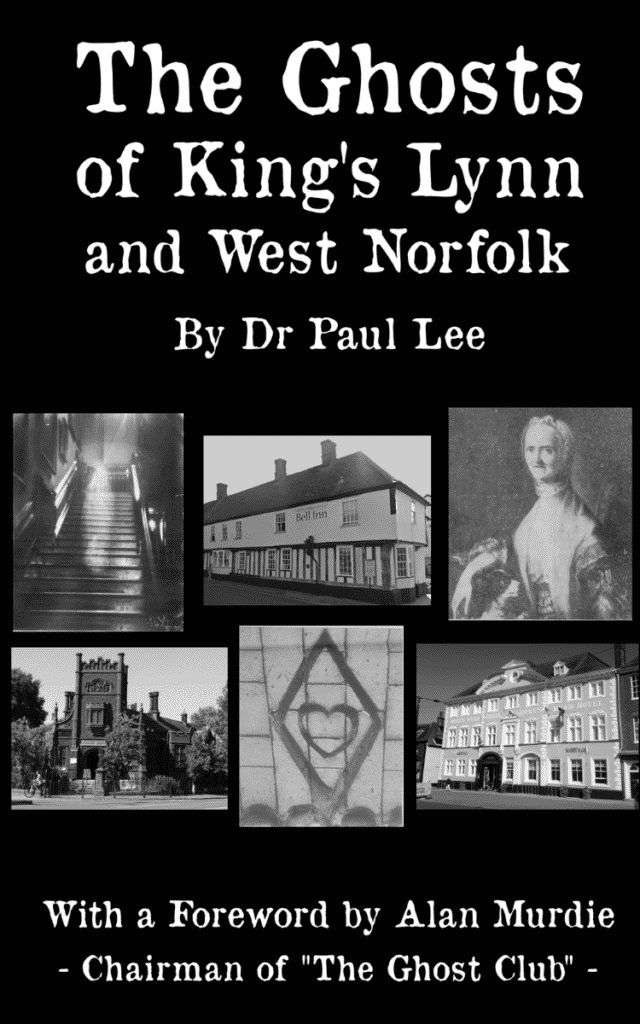
I also resolved to contact all the commercial places, such as pubs, hotels, museums etc that I had learned about. This was not very easy to undertake as, from the period from March 2020 to September 2021, there weren’t many months whereby places could be contacted. But in those few months when venues were open, I must have written, emailed or, via Facebook, messaged over 100 places. Some of these contents were entirely speculative based on the age of the building. Very few responded, probably about 15 or so.
Only one in King’s Lynn admitted to having had any recent activity. Another venue I was find out from staff and customers had recent stories even though the management had denied this previously and I now feel that they were giving me a “brush off.” Quite why they would do that is anyone’s guess, perhaps they felt it might harm their custom if they admitted anything? I felt a bit dismayed at the lack of interest shown by the venues I contacted. I remember writing to one nearby pub and in a Facebook thread on ghosts they mentioned that they had indeed received my letter. They never replied though.
What are the more famous ghosts of King’s Lynn?
The first one is that of the Tudor Rose, once a hotel and restaurant and now private apartments. It is said that a gypsy bride was murdered here soon after her wedding but the stories vary from book to book. Some say that her death was caused by a jilted lover; others that it was someone who objected to her marrying a non-Romani. A few people have reported a female figure, though other spectres have been reported and there have been a multitude of poltergeist-like phenomena too. Unfortunately, nothing seems to have mentioned for many decades.
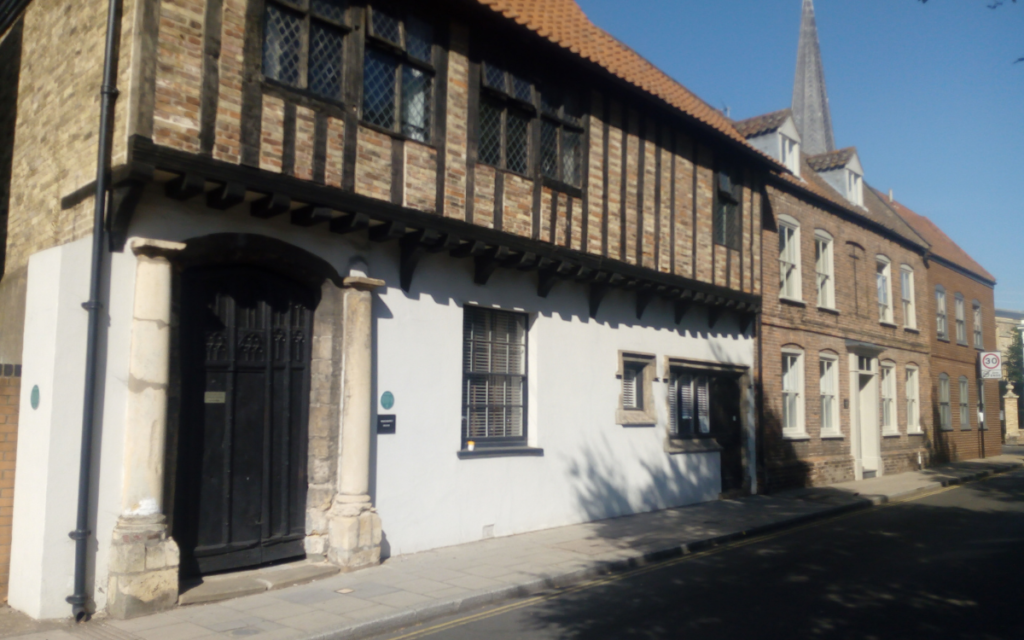
The next famous story is that of a monk in the basement of the Library, which is built not too far from the remains of the Greyfriars priory. This would seem to be a “one-off”; I could only find one reference to it, and that was some time prior to 1986. The way books report it, you’d think the monk was seen every day of the week!
Another famous story is that of a man who went exploring caverns in the vicinity of the Red Mount Chapel in a large Victorian park near the town centre. He played his fiddle so that observers above ground could follow his progress. Soon, the music stopped and the man was never seen again – but his companion, a dog, returned to the surface to bewilder the man’s friends. Sadly, this is a story that is repeated across the length of the UK with some variations. The existence of tunnels in the area would also seem to be a myth.
The next famous haunted location is the Duke’s Head Hotel in the Tuesday Market Place. It has many ghosts, the first being a woman, reportedly dressed in red. She was involved in a love triangle and ended up committing suicide. The other ghost is of a man who accrued large gambling debts. He shot himself but survived long enough to be taken back to his hotel room where he told his samaritans, “I will return” before perishing. Unfortunately, none of these ghosts have been seen recently, and of the few reports we have, none of the physical descriptions match that of the two described above. The ghost would seemingly be that of an old woman.
A venue that has appeared on the paranormal scene in recent years is the True’s Yard Fisherfolk Museum. There are claims that 38 ghosts have been detected on the premises which is hard to credit given its very small size. Unfortunately, most of the evidence has come from psychics – there is very little in the way of physical data to back their comments up and again, staff say that the building has been quiet for the last few years.
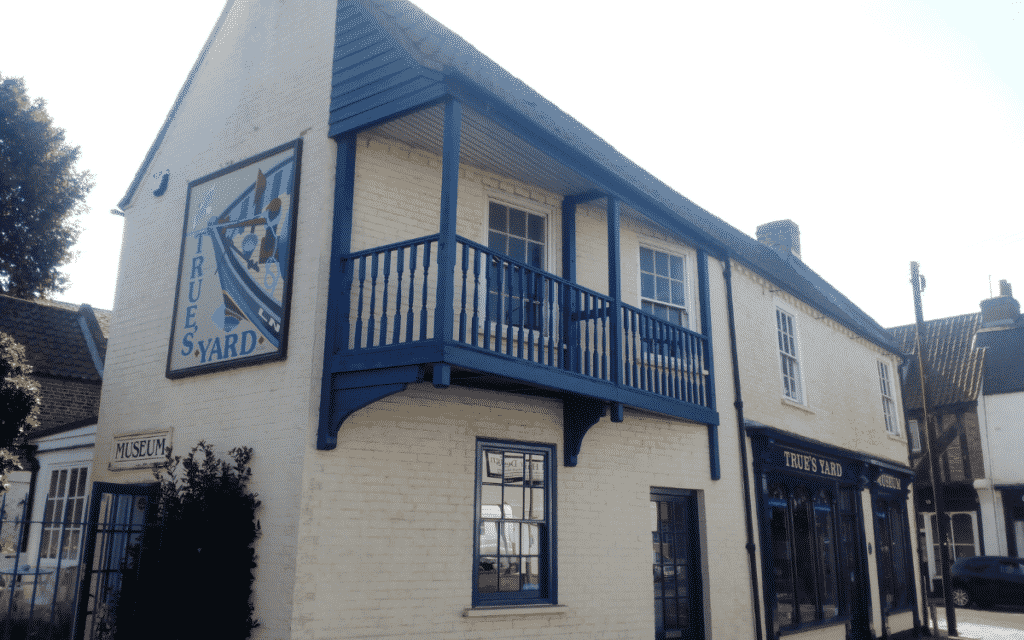
There is also said to be a poltergeist in one of the buildings of the Tuesday Market Place. Additionally, there is said to be spectral remnants of people who died after a bomb landed on the Eagle Pub in World War 2; and in the Majestic Cinema, three spectres are claimed, one of whom is said to be “Tom”, an old projectionist.
Unfortunately, there are no dates or other details (such as names) which makes researching these stories next to impossible. Even when names are given, they usually lead to nothing (it would seem that many of the ghosts who do provide identities don’t always tell the truth). It is a case of stumbling randomly on the necessary data to provide confirmation, and this takes a long time; it is also quite thankless too. The only story I could confirm was that of an ostler who died after a fight in the stables of The Globe Hotel in the 19th century. Whether he has returned to haunt his old place of work is another matter!
Some of the stories have ghosts who were once there, but not anymore. Why do you think that is?
An excellent question but one that is very difficult to answer. If we’re talking generally, the number of active ghosts in the UK has dropped sharply. I have created a map of UK ghost reports from friends, societies, books, newspapers etc. and I decided to write/email etc. all the contactable venues to see if anything had been reported recently. This was made difficult by the pandemic forcing the closure of most venues for a huge fraction of 2020 and 21.
However, I was left with a list of some 3000-3500 places to contact and I started to work my way through them for my survey. Most places don’t respond and of the ones that do, the huge majority say that nothing has been experienced recently. So far, I have received replies from 599 locations and there are many hundreds more yet to contact.
Only a small proportion report anything – and most of them don’t elaborate (the old excuse “I’ll email you back tonight” – none of them ever did!). But my doggedness has prevailed as it has revealed some brand new ghosts and brand new locations. And a few locations produced incredibly detailed reports. Anyway, I digress.
I personally think that ghosts do fade away with time. Rather like a battery that runs down, its energy source dwindles and fades. A lot of the venues I have contacted don’t report the grandiose ghosts of old, for example, the executed monarch with its head tucked under its arm! Rather the reports are shadows, things seen out of the corner of the eye, footsteps, things moving by themselves and interference with electrical equipment. So, most of it is low level. So, one could argue that if the original tales are true, then what we are seeing today are just the faded remnants.
I have come across a few hoaxes where a proprietor has admitted that a previous owner faked experiences simply to drum up business, and I think this may be the case in many ghost reports. There may also be innocent misrepresentations. For instance, a mirror falling off a wall and when a startled visitor enquires, they are told, tongue-in-cheek, “Oh, that’s only old Fred, the ghost!” This is simply accepted as true, word filters out to the newspaper and books etc, often with embellishment and we have a total fictitious tale to contend with. In this case, anything out of the way is simply attributed to “Fred” whereas research might have revealed the original source of the story.
There is an overlap with a story in King’s Lynn; a butler in an old house, now demolished, reported two phantoms in the billiard room and this was gleefully repeated over the decades. What isn’t reported is that soon afterwards, it was admitted that two lady visitors to the house found it difficult to sleep and decided to engage in a game of billiards, and were witnessed by the butler!
Another reason for the lack of ghosts is that the stories may simply be legends, passed down with no basis in fact. I find that a lot of Scottish castles fall into this category. Places are expected to have ghosts because they simply look spooky – this falls into the “embellishment” category I’ve mentioned above.
Perhaps another reason for the paucity of reports may be due to the proprietors, and not the phantoms themselves. I’ve come across stories of spectres that are encountered by one set of staff at a location, but when a new owner takes over, nothing is experienced. But when a newcomer arrives on the scene, activity sometimes picks up again. Perhaps ghosts may be inhibited by certain people, and then reinvigorated when a person of a specific type comes along? What these “certain types” is is open to debate, but it may mean that people may fall into either an “inhibitor” or “enabler” category.
It isn’t necessarily a sceptical mind that prevents ghosts from causing mayhem – they are just as likely to experience ghosts even if they are more prone to be dismissive of their brush with the paranormal.
King’s Lynn has been mentioned in ghost books over the years – I used many when I visited there recently – and they pick out places like the Tuesday Market Place and the Duke’s Head Inn. Tell us about some of the stories people don’t know about and which places are still active.
Goodness, where does one begin? For its small size, King’s Lynn may be one of the most haunted towns in the UK and there are dozens of cases dotted around the town and across the River Great Ouse in West Lynn. The only place that admitted to having a spectral entourage was The White Hart. The landlord emailed me in March 2020 and said that he had seen a black mass go across a hallway, and that he had also heard breathing in his ear.
Cold spots and things falling off shelves had also been reported – he also added the intriguing footnote that the ghost seems to be more active after live music has been performed in this pub. Reports of ghosts in this building go back several decades, with the wife of one landlord walking into something invisible and “bounced off”, scattering her tray of glasses onto the floor. Whatever it was certainly felt solid. From my own research, it seems that a lot of the paranormal activity was reported in one of the back bedrooms.
Another active location is the Fairstead Community Shop. The owners report that they often come in the morning to find items, especially toys, on the floor and the lights and radio on; CCTV inside has also captured items falling from shelves and staff told me of voices and things hurled about in their presence. The daughter of the shop was sometimes heard taking to an invisible girl called “Mia” – and a phantom of a young girl wearing a night dress and with long dark hair has also been seen in the convenience shop next door; a case of “ghostly overspill”!
It’s a mystery as to where this ghost, and that of an “unpleasant” male phantom come from as the building was constructed on farm land in the 1960s. There were no buildings nearby which could account for the phantoms. I’ve found this a familiar pattern during my research; ghosts are sometimes reported even on virgin land, or where nothing is situated nearby that could explain them.
Tesco in Gaywood has had reports of shadows and items thrown in the aisles; staff have nicknamed the ghost “Scary Mary.” The supermarket was built on the site of a pub in which the occasional sounds of high heeled shoes on tiles were sometimes detected. It was said that a woman was murdered in the pub but research hasn’t been able to validate this so far. However, this pub may have been the place where victims of a nearby train crash in 1863 were brought so maybe there is a connection in this respect?
There are a number of care homes that have had reports; my wife worked in two of them and experienced phenomena in one for herself last Christmas. In this latter building, an old woman had been seen walking in a ward that had been closed off. This so frightened the staff that they would be reluctant to go into the garden for a cigarette for fear of seeing her.
Items have been thrown or knocked to the ground, and shuffling noises and footsteps heard too. The resident’s doors have knockers on them as a courtesy and these have been heard in the early hours of the morning, as has whistling. This has been blamed on a former resident who had similar habits while alive. The other care home (one of four in the same area that has had ghost reports) also has stories of doors slamming, footsteps and so on.
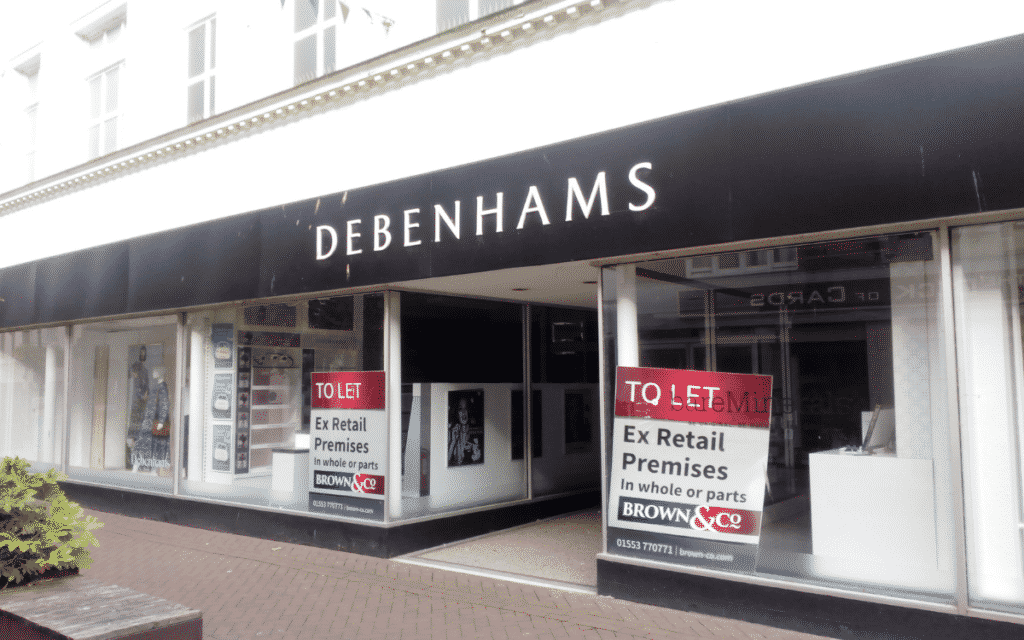
A multitude of shops in town have reported phenomena; Debenhams has stories of items moving in the stock room, as well as coldness and the smell of parma violets; the Argos stockroom has had similar reports, as well as voices – and the amusing story that a man was told by a colleague, who professed to be a psychic, that someone fancied him – this “someone” was the resident ghost! Sadly both of these establishments are now closed which prevents further investigation.
The branch of QD has had a voice calling out people’s names, items thrown to the ground, mysterious sounds of bangs and crashes – and visible phantoms too. However, my informant told me that most of the activity had stopped in the last few years, which seems to be a common finding in my research.
There are so many stories associated with the town, but it is not known how recent some of these stories are. A pity as some are deliciously enticing! I am hoping that people will come forward with new tales, not only for King’s Lynn but also for West Norfolk too!
You can buy The Ghosts of King’s Lynn and West Norfolk on Amazon. And you can find out more about Dr Paul Lee’s Ghost Map and App here.

